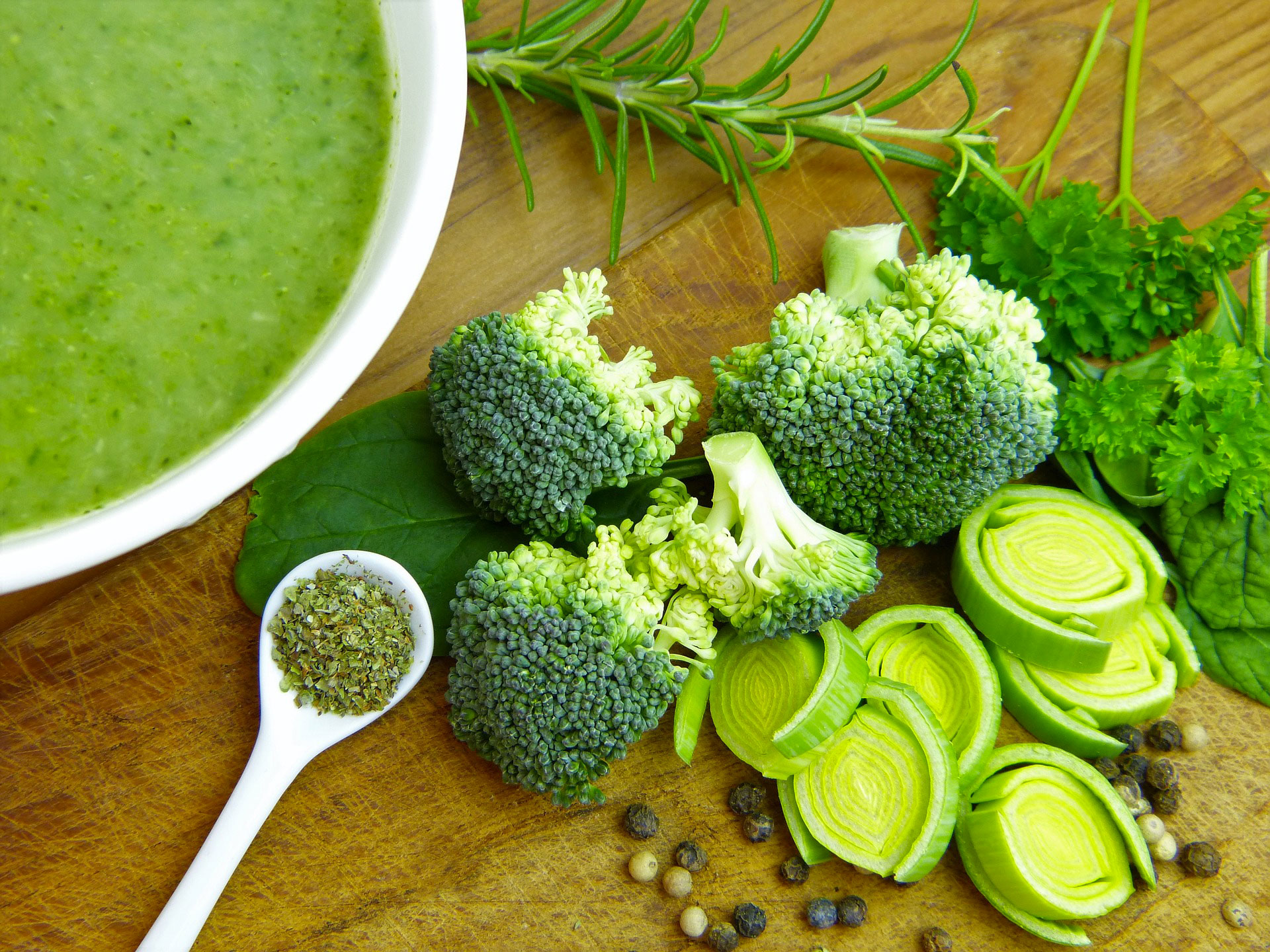March 18th, 2015
Top 4 Healthiest Green Vegetables
 This post was originally created for Reboot with Joe click here for the original post.
This post was originally created for Reboot with Joe click here for the original post.
Yesterday was St. Patty’s Day and March is also National Nutrition Month. So I think it’s the perfect time to talk about the top four healthiest leafy greens. Green leafy vegetables are an absolute favorite of mine, not only because they’re light and tasty, and of course green, but also because they’re rich in vitamins and nutrients that help to both power my body and keep it healthy. As a general rule of thumb, the darker the color of the fruit or vegetable (except for white produce, white produce is loaded with nutrients too), the richer the nutrient content and this is also true for green leafy vegetables.
For example, when we compare iceberg lettuce to Swiss chard, there are significantly more nutrients and antioxidants in chard (the color should be a huge hint) than in iceberg that contains a lot more water than nutrients. Inspired by the holiday today, here are a few of my top favorite green leafy veggies, with a few reasons why they’re so great, and how to use them.
Top 4 Healthiest Green Leafy Vegetables:
1. Dandelion Greens
Reasons to love dandelion greens:
Dandelion greens are an absolute powerhouse, and often under consumed. Dandelion greens are a good source of vitamins including A, B, C and minerals including calcium which is key for bone health, magnesium and potassium essential for heart health, and iron.
Dandelion greens are also one of the few vegetables that contain probiotics, which are important for keeping your “good” gut bacteria healthy and happy, and key for overall health. It’s important to eat dandelion greens raw to get the prebiotic benefit though, so keep that in mind. Use them in salads and juices to get loads of nutrients and prebiotics.
- Recipes with dandelion greens from Reboot with Joe:
Dandelion Greens Salad
Fine & Dandy(lion) Juice
Lime Dance Juice
2. Kale
Reasons to love kale:
Kale is such a hot grocery item and no wonder why — it’s loaded with nutrients! One cup of raw kale has almost 3 grams of both fiber and protein, energizing b-vitamins, and eye and skin-healthy vitamins A and C.
Kale is also a source of potent nutrients like, anti-cancer isothiocyanate, and detoxifying sulphoraphane that can help to boost liver detoxification enzyme production. Lastly, kale is also a source of the nutrients lutein and zeaxanthin that can help to prevent cataracts and macular degeneration.
- Recipes with kale from Reboot with Joe:
Kale Salad with Pine Nuts & Dried Cranberries
Pina-kale-ada Smoothie
Kale Pesto White Bean Dip
Natural Detox Green Juice
3. Chard
Reasons to love chard:
Chard includes Swiss and rainbow chard varieties, both of which are powerhouses when it comes to their nutritional value. Most people don’t think of chard as a key powerhouse, but let me tell you, chard is loaded with lots of stuff your body needs and wants.
Chard is one of the few vegetables that contain betalains (aside from beets), which are nutrients that can help keep your body healthy with their anti-inflammatory, antioxidant and detoxifying properties. Specifically, when it comes to detoxification, betalains help to support phase 2 liver detoxification. Chard is also a rich source of other nutrients including kaempferol that has been shown to contain heart-healthy compounds and may also play a role in promoting improved blood sugar control. It also contains both natural sodium and potassium that are key electrolytes that can help promote hydration and that are important for regulating blood pressure.
Add last but certainly not least, chard is also a good source of other vitamins and minerals including vitamins A, B, C, K, iron, calcium, magnesium and manganese.
- Recipes with chard from Reboot with Joe:
Pear Lemon Ginger Juice
Chocolate Coated Strawberry Smoothie
4. Mustard Greens
Reasons to love mustard greens:
Mustard greens are another nutrient-packed green leafy vegetable. Like dandelion greens, mustard greens certainly don’t get the attention that they should. Mustard greens are loaded with nutrients and antioxidants that can help to promote heart health and help prevent cancer too.
Mustard greens like other greens are a source of nutrients such as vitamins A, B, C, and K, and they also contain minerals including calcium, magnesium, manganese, iron, and are a rich source of key nutrients that act as antioxidants in the body. One cup of raw mustard greens contains almost 5 grams of fiber, almost 4 grams of protein, almost 200 mg of calcium as well as key minerals zinc and manganese that respectively play a role in the immune system and as part of the antioxidant pathway superoxide dismutase.
- Recipes with mustard greens:
Like other greens, you can cook mustard greens, you can also juice them raw, add them to a salad or put them in a smoothie. They have a slight pepper taste so many people prefer them simply cooked with garlic and olive oil. Replace the kale in this Caprese Kale Saute (from Reboot with Joe) with mustard greens for a new taste for your palate.
Go ahead, be daring and try some new and healthful greens!



